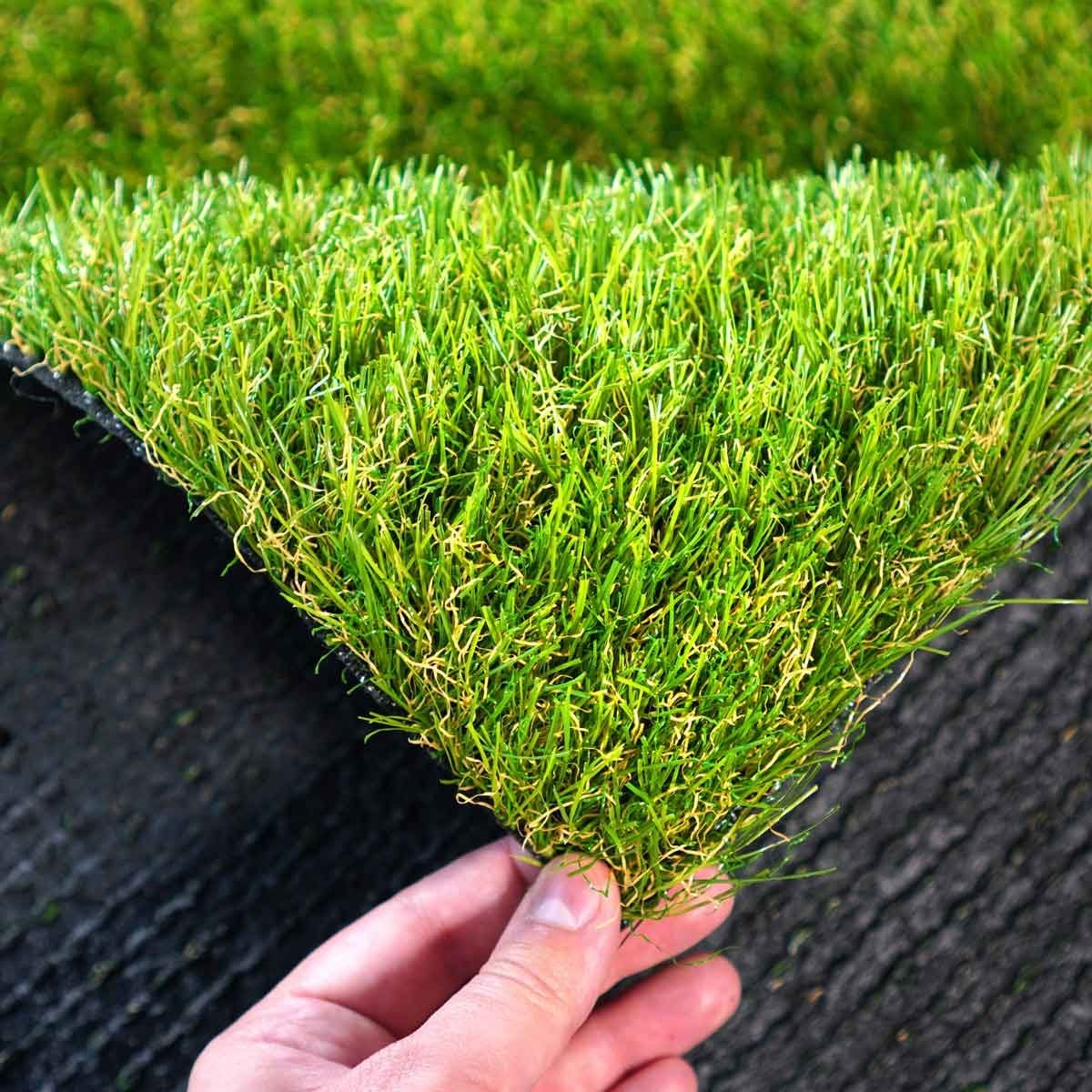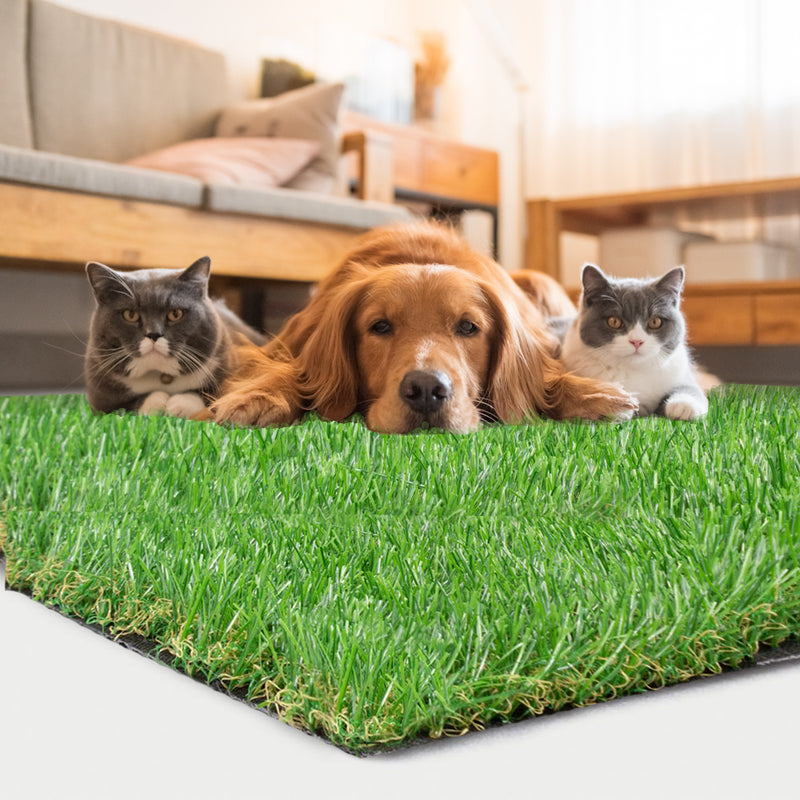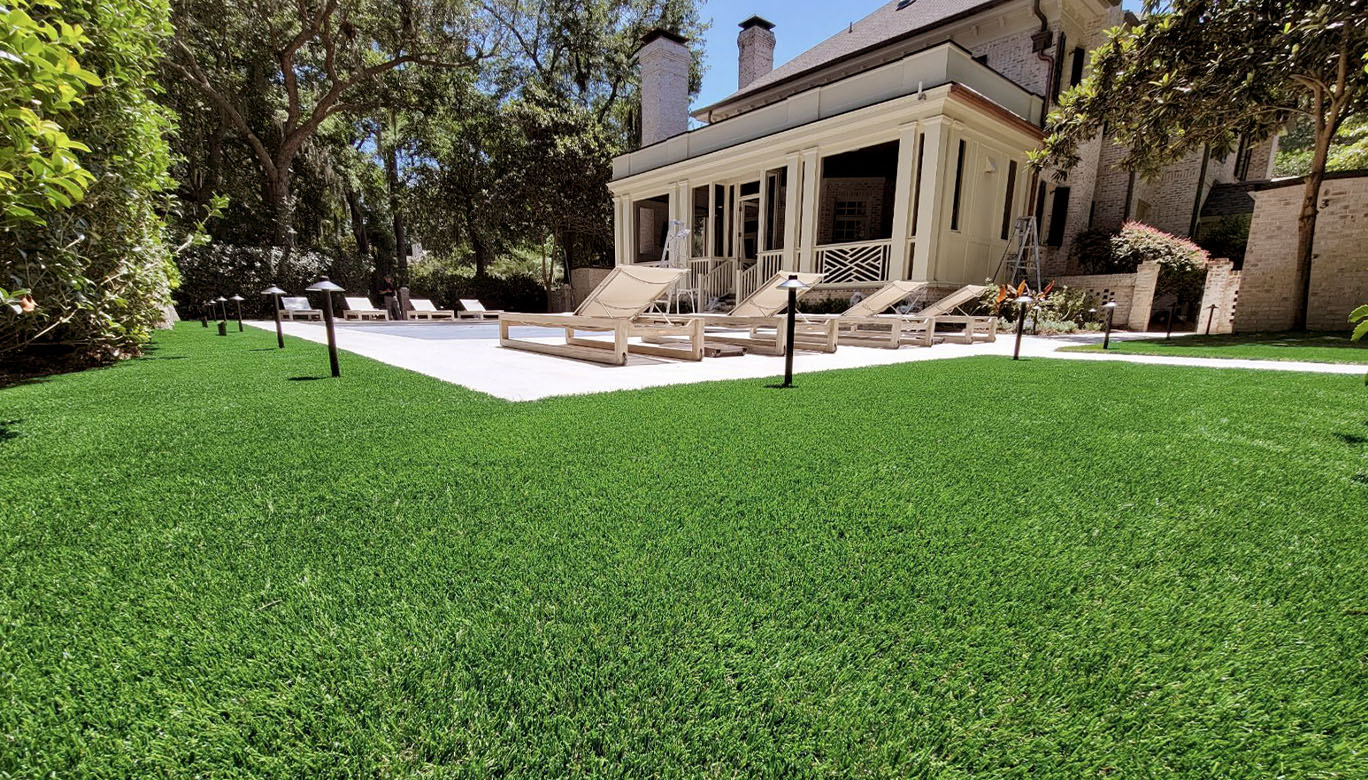Sustainable Arizona Artificial Turf for a All-Season Lush Green Lawn
Sustainable Arizona Artificial Turf for a All-Season Lush Green Lawn
Blog Article
See Why Homeowners Prefer Synthetic Grass for Sustainable Landscaping Practices
As house owners increasingly prioritize sustainability in landscaping, synthetic grass has emerged as an engaging choice to conventional grass. What remains to be explored is the full range of benefits that artificial turf can supply to homeowners and the setting alike.
Water Conservation Conveniences
One of one of the most substantial advantages of synthetic lawn is its duty in water preservation. Typical turf lawns call for significant amounts of water to maintain their lush appearance, frequently bring about overuse of local water resources, especially in dry regions. On the other hand, fabricated grass eliminates this demand entirely, as it does not require irrigation. This not just conserves water but also lowers the stress on community water supply, particularly throughout dry spell conditions.
Furthermore, the installation of synthetic turf can add to an extra lasting landscape. Homeowners can considerably reduce their water bills, allowing for reallocation of sources to other ecological campaigns or house uses. In addition, fabricated turf is made to endure various climatic conditions without the demand for supplemental watering, making it an excellent choice for regions dealing with water shortage.
The environmental advantages extend past prompt water cost savings. By decreasing water intake, synthetic grass assists to alleviate the impacts of environment adjustment, maintaining crucial environments that are endangered by excessive water extraction. As lasting landscaping practices acquire grip, synthetic grass becomes a liable choice for property owners looking for to produce environment-friendly outside spaces.
Lowered Maintenance Efforts
Synthetic grass considerably reduces maintenance efforts compared to conventional yard yards. With fabricated yard, home owners can remove the time-consuming jobs connected with all-natural landscape design, such as mowing, fertilizing, and weeding. This not only saves valuable time yet likewise lowers physical labor, making grass treatment accessible for people of every ages.
One of one of the most remarkable benefits is the lack of regular mowing. Typical yards call for frequent trimming to maintain a cosmetically pleasing height, whereas man-made lawn remains regularly lavish without the demand for reducing. Additionally, house owners no more require to use pesticides or plant foods, which are often called for to maintain all-natural yard healthy. This shift not only lightens the workload but likewise advertises a neater, a lot more uniform appearance year-round.
Additionally, synthetic grass is durable and resistant, requiring very little upkeep past occasional cleaning and rinsing to remove particles. This convenience of upkeep permits homeowners to appreciate their exterior spaces without the continuous worry of maintenance, providing more time for leisure and family members tasks. Ultimately, the decreased upkeep efforts connected with synthetic grass make it an appealing option for those looking for a low-maintenance, aesthetically appealing landscape.

Ecological Effect Reduction
There is a growing recognition of the environmental advantages related to synthetic grass, especially in regards to water preservation and minimized chemical use. Conventional lawns need significant quantities of water, especially in drought-prone regions, leading to increased strain on local water sources. In comparison, artificial grass eliminates the requirement for irrigation, dramatically minimizing water consumption and advertising sustainability.
Additionally, conventional yard upkeep frequently entails the application of chemicals, herbicides, and fertilizers, which can contribute to dirt and water air pollution. Man-made grass mitigates this ecological danger by requiring very little upkeep and essentially getting rid of the demand for damaging chemicals. This not only improves dirt health however likewise safeguards local ecosystems from harmful runoff.
In addition, the manufacturing of natural turf yards commonly entails using fossil fuels for cutting and landscaping devices, further adding to greenhouse gas exhausts. By selecting artificial lawn, homeowners can dramatically reduce their carbon footprint connected with yard care activities.
Visual Appeal and Flexibility
Along with its environmental benefits, man-made grass supplies considerable aesthetic allure and versatility for landscape design. Property owners can attain a rich, eco-friendly look year-round, getting rid of the seasonal fluctuations frequently click over here now connected with all-natural grass. This constant aesthetic not just enhances the aesthetic allure of a residential or commercial property yet likewise adds to a polished and well-maintained appearance.
Moreover, synthetic grass is available in a selection of styles, colors, and structures, enabling customization to suit specific preferences and layout styles - Phoenix turf companies. Whether utilized in household yards, industrial spaces, or leisure locations, it can effortlessly incorporate into diverse landscape design layouts, from modern-day minimal to lush exotic setups
The adaptability of synthetic grass expands past plain look; it can be mounted in different areas, consisting of roofs, outdoor patios, and also indoor rooms, producing opportunities for distinct landscaping services. Furthermore, it appropriates for a variety of activities, from youngsters's backyard to pet-friendly settings, offering capability without endangering style.
Inevitably, the visual charm and convenience of synthetic grass make it an attractive alternative for property owners looking for sustainable landscaping options that do not compromise appeal for ecological duty.

Long-Term Price Cost Savings
One of the most engaging a fantastic read advantages of artificial grass is its potential for long-term expense financial savings. Unlike natural lawn, which needs normal maintenance-- consisting of mowing, watering, feeding, and bug control-- synthetic grass substantially lowers these ongoing costs.
In addition, man-made lawn has a life expectancy of 15 to 25 years, depending on its quality and usage. This resilience minimizes substitute expenses, making it a much more affordable choice over time. In addition, the preliminary financial investment in synthetic grass can usually be redeemed with the cost savings accumulated gradually.
While the upfront price might seem higher contrasted to turf installment, the cumulative financial article savings from lowered upkeep and water usage typically surpass these initial expenses. Inevitably, the adoption of man-made turf not only advertises a lasting landscaping solution however also provides house owners a financially savvy alternative that lines up with lasting budgeting goals.
Verdict
Man-made grass arises as an engaging option for lasting landscaping, providing substantial advantages in water conservation, minimized upkeep initiatives, and lessened environmental influence. As neighborhoods increasingly focus on eco friendly practices, the adoption of fabricated lawn represents a modern step towards achieving durable and sustainable landscapes.
Additionally, synthetic lawn is designed to withstand various climatic conditions without the demand for supplementary watering, making it a perfect option for areas encountering water deficiency. (Artificial turf companies phoenix)

Fabricated grass emerges as an engaging option for lasting landscape design, providing significant advantages in water preservation, reduced upkeep initiatives, and lessened environmental impact.
Report this page